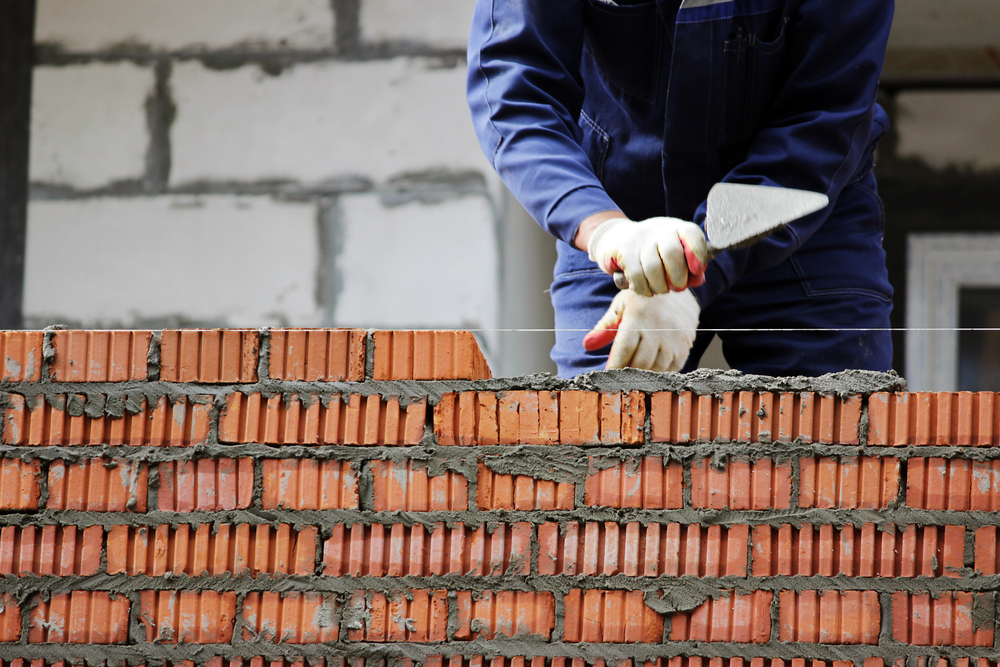
Total construction activity hit 58.7 in July, down from June’s 24-year high of 66.3, as projects were hampered by “raw material supply shortages and shrinking sub-contractor availability”, says the monthly IHS Markit/CIPS construction Purchasing Managers’ Index.
Although this mark is the slowest rise in construction output since February, it is still well above the crucial 50.0 no-change threshold.
House building was the best-performing category in July, with a mark of 60.3, followed by commercial building at 59.2, and civil engineering at 55.0.
House building and commercial building expanded at their weakest rate for five months.
“This mostly reflected stretched business capacity and growth constraints due to supply issues, but some firms noted that the post-lockdown spike in customer demand had started to wane,” the survey says.
It adds, 81% of the report’s panel noted a rise in average cost burdens during July, while only 1% signalled a fall.
Around 66% of the panel reported longer waiting times for supplier deliveries in July, while only 2% signalled improved supplier performance.
The survey says: “A rapid pace of input cost inflation continued in July, fuelled by supply shortages and robust demand for construction items.”
It adds that the availability of sub-contractors fell last month, leading to rising sub-contractor wages.
“The latest decline in sub-contractor availability was the second-fastest since the survey began in 1997, exceeded only by that seen during the lockdown in April 2020,” adds the report.
IHS Markit economics director Tim Moore says: “July data marked the first real slowdown in the construction recovery since the lockdown at the start of this year.
“It was unsurprising that UK construction companies were unable to maintain output growth at the 24-year high seen in June, especially with widespread supply shortages and constrained capacity to take on additional orders.”
Beard finance director Fraser Johns adds: “It’s clear that the current challenges facing the construction industry are now undermining the post-pandemic recovery we’d seen during the first half of the year.
“Supply chain delays, materials shortages, price rises, logistical problems, skills shortages and even the ‘pingdemic’ all conspired in July, resulting in the slowest rate of output since February.
“We know these are challenges that are not set to go away any time soon, so in order to move forward, it’s going to be crucial to take a proactive approach.
“Working in collaboration with suppliers and subcontractors, including ensuring prompt payment, will go some way to mitigate the risk of projects falling through.
“But customers need to be aware of the issues facing the industry is facing as well.
“Being transparent at the point of submitting tenders about the need to order certain materials early to ensure delivery on time, using two-stage procurement processes, will help to overcome some of these issues.”



